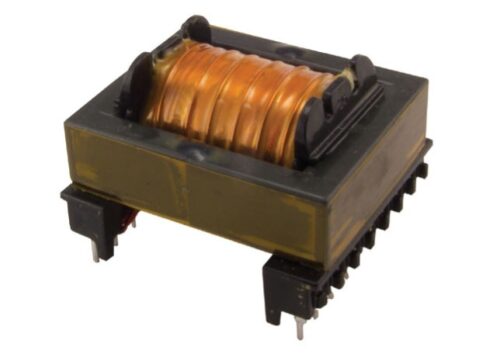Push Pull Converter Application Notes
Push-Pull Design Applications
Take the Next Step
Whether it's a stock or custom transformer solution, MPS has the capabilities to help you thrive.
View Our Stock Push-Pull Transformers View Our Custom Transformer Capabilities

